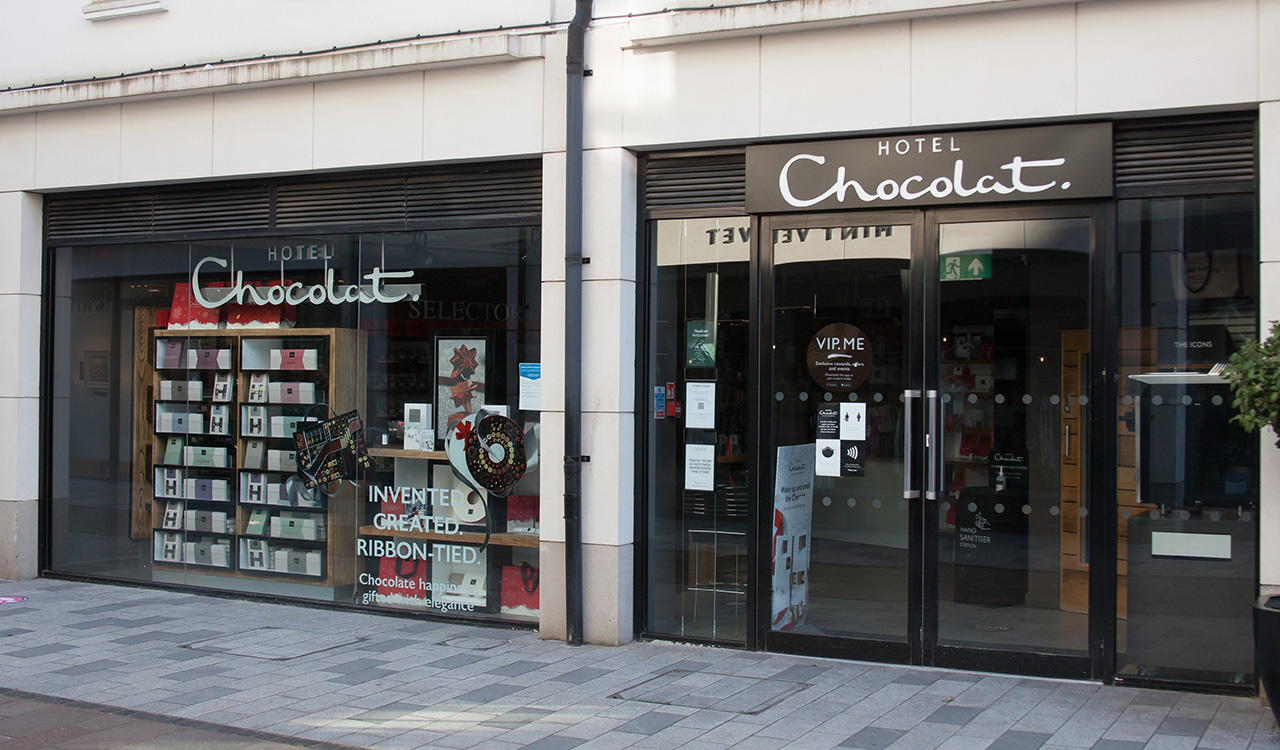It\’s been just over five years since the International Council of Shopping Centers published \”Envision 2020\” – a landmark study (full disclosure: I directed the study) demonstrating the need for malls to completely reinvent themselves in an Amazon-dominated retail world. The consensus among industry leaders around the globe at that critical moment in time was clear: transform or disappear.
Poster Children
Certainly, over the past half-decade or so, there have been some impressive mall transformations – properties where entertainment, leisure activity, culture and health and wellness come together to create a genuinely satisfying experience:
- The Grove – A breakthrough entertainment and retail thoroughfare by Caruso Affiliated in Los Angeles linked by streetcar to the city\’s beloved Farmers Market.
- Liberty Center – A fully integrated lifestyle community by Steiner + Associates in Cincinnati, highlighting health, wellness and spirituality in its vast, parklike setting.
- Union Market District – An eclectic food hall and vintage retail space by EDENS on the site of a former meat market which helped transform Washington\’s NoMa area into one of DC\’s most desirable neighborhoods.
Increasingly, distressed malls are being purchased at a large discount, sometimes out of bankruptcy, and converted into inert structures: multi-level office complexes, last-mile distribution centers, even storage facilities.
The Ice Age
But too many malls have simply limped along using the 1950s era formula of two to three large boxes (department stores) with rows of smaller boxes (specialty stores) lined up in between. The result has been the steady erosion of these properties into emporiums of blah merchandise and vacant storefronts as so many vulnerable retailers have folded their tents. In some cases, the stiff winds of the pandemic just blew these increasingly fragile structures away.
Troubling Transition
Real Estate 101 teaches us that every property should be developed to its \”highest and best use\” to ensure maximum value to both the owner and the surrounding community. In the case of decaying malls, however, the opposite seems to apply: the lowest value and worst use often prevails. This is a true tragedy for all parties – the original owners, occupants and surrounding residential communities.
Increasingly, distressed malls are being purchased at a large discount, sometimes out of bankruptcy, and converted into inert structures: multi-level office complexes, last-mile distribution centers, even storage facilities. What was once a robust community enhancement has too often become an ugly albatross shunning the very residents it once depended upon.
The standard formula for such a transaction is depressing: the value of the mall itself is zeroed out, and the purchaser pays only for the land it occupies – minus the cost of demolition. Sadly, these destitute properties often have a negative evaluation.
Metamorphosis to Less than Nothing
- Consider Sunrise Mall – a desolate center located on the densely populated South Shore of Long Island, NY. Formerly owned by Westfield and once valued at $150 million, the property was recently sold to a local developer in a land-less-cost-of-removal deal. New management will \”repurpose\” the site for an undisclosed usage, most likely as an \”industrial asset.\”
- Directly north of Sunrise Mall, an ambitious development by Simon Properties of a promising \”mixed-use\” lifestyle residential and retail enclave known as Syosset Park has been abandoned and will be replaced by a 200,000-square-foot Amazon last-mile distribution center. Residents in surrounding neighborhoods will lose a promising retail and recreational amenity and gain the questionable asset of 24/7 delivery vehicles servicing the 200,000 sq. ft. facility.
- In another transformation twist, a growing number of distressed malls are being redeveloped as \”corporate centers\” – i.e., office complexes housing employees, along with all their cars and workaday amenities. The outcome here is decidedly mixed with some of these projects offering recreational opportunities for their surrounding communities, and others hunkering down as stoic workplaces.
Corporate Capitalism
A corporate center conversion is now occurring at Cary Towne Center, once a robust B+ mall in Cary, NC owned by the now-bankrupt CBL Properties. The 87-acre property was purchased for a fraction of its original value, and then resold to Epic Games (maker of the hugely successful Fortnite video franchise) to be repurposed as a mammoth corporate center including recreational and hospitality facilities. Epic is in discussions with the town of Cary regarding potential public use of its expansive recreational opportunities at the site, but this is still a work in progress. So . . . maybe a net plus for the citizens of Cary, or at least a draw.
Another variation is the conversion of the legendary Westside Pavilion mall in Los Angeles into a nearly 600,000-square-foot Google office campus. In this twist, the mall owner (Macerich) will lease the property to Google, and so continue to maintain ownership. But the outcome is essentially the same: a property that formerly served the entire L.A. community will now serve only one customer: Google.
In some ways, the retail-to-corporate transition could be viewed as evolutionary – and therefore unavoidable. I prefer to view it as a failure of imagination. Leaders of the historically well-capitalized shopping center industry had plenty of time – back in 2015 – to seize the moment and transition their worn-out properties into more vital and engaging environments. Sadly, they have missed the moment.




